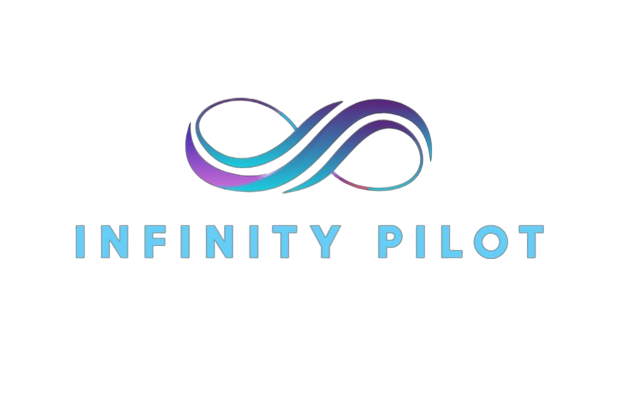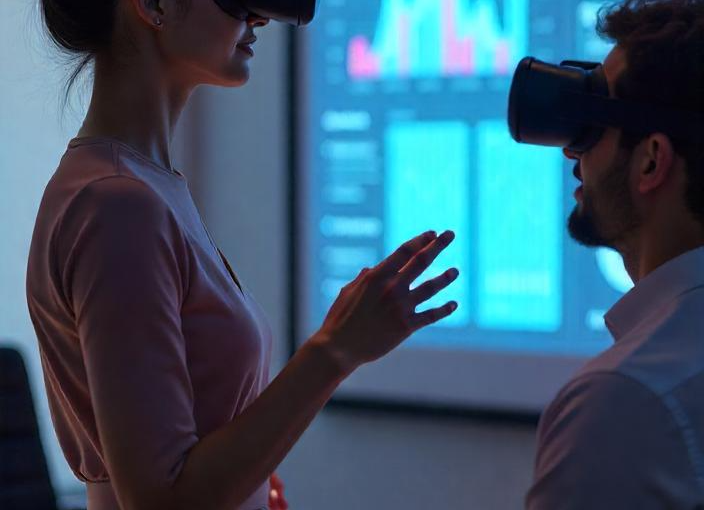Remote work is no longer a trend—it’s the new normal. And as more companies adopt hybrid or fully remote models, the demand for efficient, seamless collaboration has skyrocketed. That’s where Artificial Intelligence (AI) steps in, transforming how teams connect, communicate, and get things done across distances.
From automating meeting notes to predicting project bottlenecks, AI is becoming an essential part of the remote work tech stack. In this blog, we’ll explore how AI is reshaping virtual collaboration, streamlining workflows, and creating smarter ways to work together—no matter where your team is located.
1. Smarter Communication and Scheduling
AI tools are taking the headache out of time zones, calendars, and communication gaps.
- AI schedulers like Clockwise or Reclaim optimize calendars by finding the best meeting times for globally distributed teams.
- AI-powered chatbots handle routine team queries and FAQs in Slack or Microsoft Teams, reducing interruptions.
- Real-time language translation tools bridge communication gaps in multicultural teams.
This allows for smoother, more inclusive collaboration in today’s global workspaces.
2. Automated Meeting Summaries and Transcripts
Say goodbye to missed points and manual note-taking. AI transcription tools like Otter.ai, Fireflies, and Zoom AI Companion generate real-time meeting notes, action items, and summaries.
These tools:
- Provide searchable transcripts
- Identify key decisions and action steps
- Integrate with task managers like Asana or Trello
This ensures accountability and clarity even when team members can’t attend live meetings.
3. Intelligent Task and Project Management
Project management platforms now embed AI to boost team productivity:
- ClickUp AI and Notion AI help auto-generate task descriptions and summarize long project documents.
- Trello uses AI-powered automation (Butler) to create task triggers and workflows.
- AI predicts potential delays by analyzing team workload, deadlines, and dependencies.
This proactive support helps teams deliver faster with fewer roadblocks.
4. Virtual Collaboration Spaces with AI Assistance
Modern collaboration tools are evolving into smart digital workspaces:
- Miro, FigJam, and MURAL now incorporate AI suggestions for brainstorming and ideation.
- AI can analyze input and recommend next steps or design variations in creative workflows.
- Teams use co-editing tools with built-in AI that detect errors, highlight suggestions, and improve clarity in real time.
These enhancements create a more dynamic and frictionless collaboration experience.
5. Employee Well-being and Productivity Insights
AI is also helping managers keep remote teams happy and engaged—without micromanaging.
- Platforms like Time Doctor and Worklytics use AI to monitor team performance while preserving privacy.
- AI detects signs of burnout or disengagement and recommends interventions.
- Sentiment analysis tools gauge team morale based on written communication.
When used ethically, these tools help create a healthier and more productive remote culture.
6. Enhanced Cybersecurity for Remote Teams
With distributed workforces comes increased risk. AI strengthens security through:
- Threat detection based on unusual activity patterns
- Automated compliance monitoring
- Secure access management using AI-based identity verification
This makes it safer for businesses to operate in a remote-first environment.
AI isn’t just a productivity booster—it’s a digital teammate. For remote-first companies, it automates the busywork, improves communication, and ensures work flows smoothly, even across borders.
As AI continues to evolve, we can expect virtual collaboration to become more intuitive, personalized, and seamless. Small businesses, startups, and enterprises alike stand to benefit by adopting these tools early—and rethinking what remote work can look like in an AI-powered future. https://infinitypilot.ai/about/


Leave A Comment